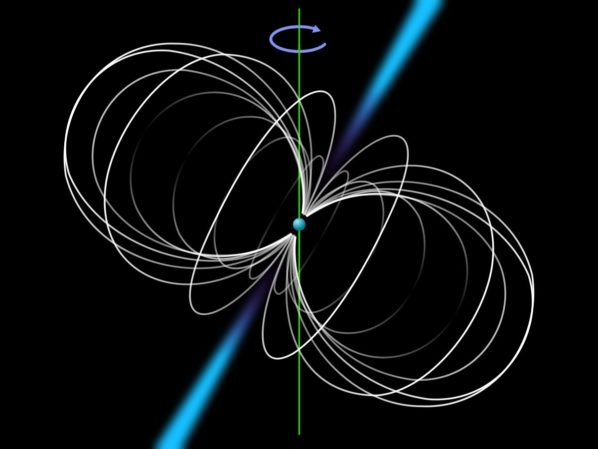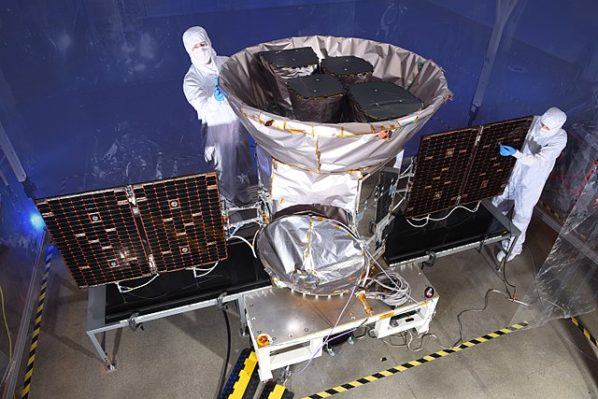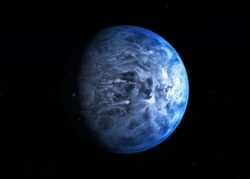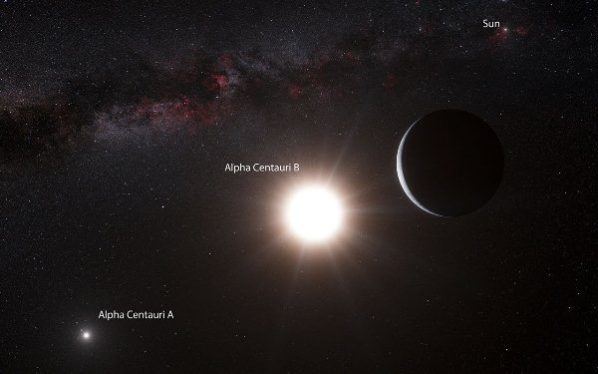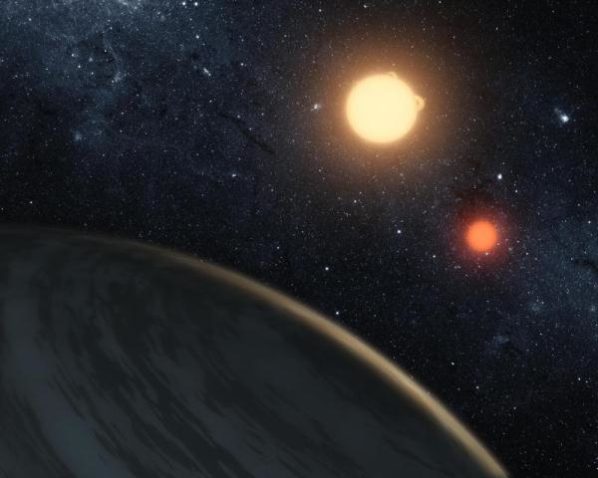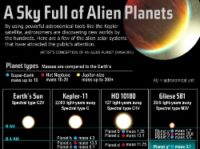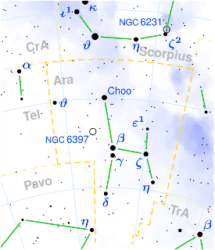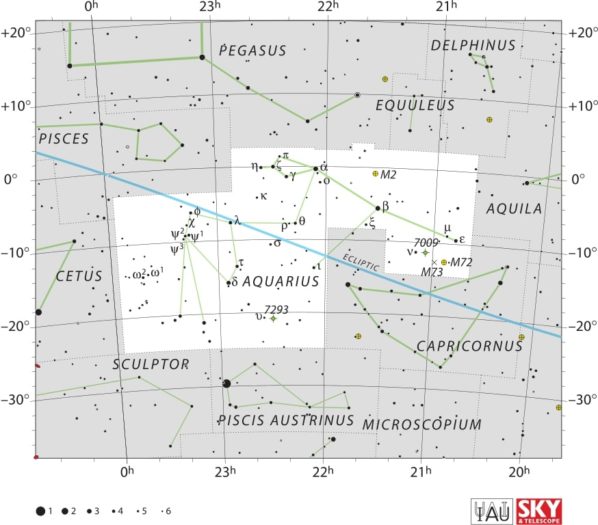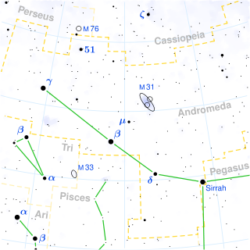A Pulsar With Planets
Pulsars emit deadly radiation, disintegrating DNA and making them dangerous. Surprisingly, some have planets orbiting them, defying current theories.
TESS Space Telescope Discovers First Exoplanet
The TESS space telescope was launched on April 18, 2018, sitting atop a Space X Falcon 9 rocket. This telescope, which is short for the Transiting Exoplanet Survey Satellite, is designed to scan the night sky in search of one thing — exoplanets, or potentially habitable planets outside of our solar system.
Blue Gas Giant Discovered in Distant Solar System
Observing starlight variations, scientists confirmed HD 189733 b as a blue planet, shedding light on exoplanet properties through host star analysis.
Nearest Exoplanet Discovered in the Alpha Centauri System
Astronomers from the European Southern Observatory have discovered the nearest extrasolar planet to date, in the Alpha Centauri star system 4.3 light years away. The system is composed of three stars -- two stars similar in size to our Sun orbiting close to each other and…
Tatooine-Like Planet Discovered Orbiting Two Suns
An exoplanet that orbits around two stars, known as a circumbinary planet, has recently been discovered by astronomers using the Kepler space telescope. The planet dubbed Kepler-16b has been compared to the planet Tatooine from Star Wars, due to the fact that it has two Suns in its sky.
How Planets in Alien Star Systems Stack Up [Infographic]
The following infographic is a comparison of three alien star systems with our own solar system. It shows the distance at which all the known planets orbit around their stars. As of August 10, 2011, 573 extra-solar planets have been identified, but so far the three systems illustrated below are the record holders for having the most planets.
Ara Constellation
Explore the Ara constellation with its mythological roots, notable stars like Beta Arae, a star with planets, and fascinating deep-sky objects.
Aquarius Constellation
Explore the constellation Aquarius, the water-bearer. Discover its mythology, notable stars like Gliese 876, and captivating deep-sky objects like Messier 2.
Andromeda Constellation
Andromeda is a constellation in the northern sky. It was one of the 48 constellations listed by the 2nd century astronomer Ptolemy, and it remains one of the 88 modern constellations today. The Andromeda Galaxy is named after the constellation, as it appears within its boundaries.

